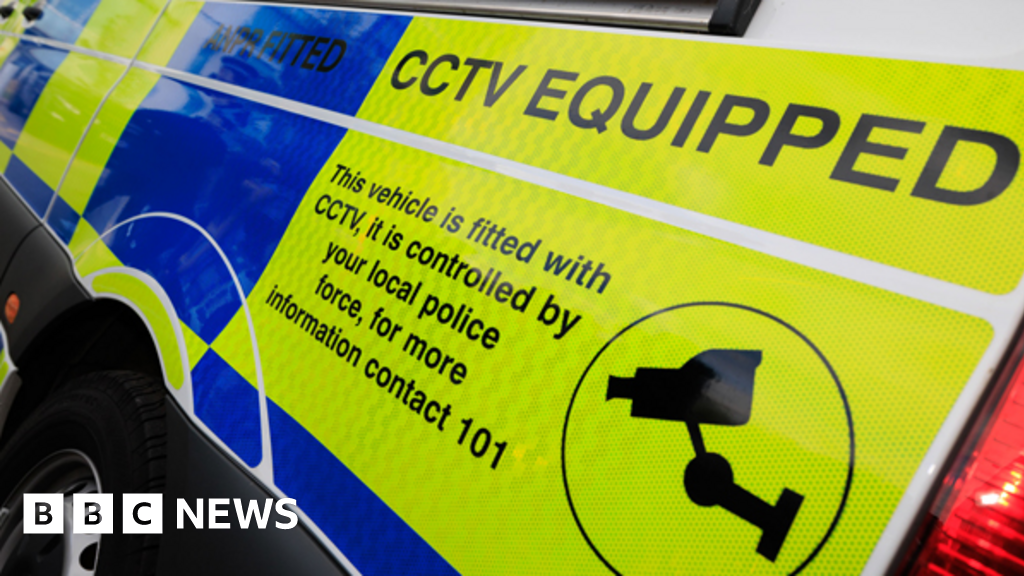Lung cancer, long associated with late-stage diagnosis and limited treatment success, is now witnessing a transformative shift in care. Driven by advances in high-precision radiotherapy and personalised medicine, this evolution is offering new hope for patients.
According to the World Health Organisation (WHO), the disease accounts for nearly 2.5 million new cases and 1.8 million deaths globally each year. But with smarter, faster, and safer radiation technologies, clinicians are now better equipped to improve survival rates and enhance the quality of life for those affected.
“Over the past 10–15 years, the treatment of lung cancer has changed substantially, particularly in radiation oncology,” said Dr. Daniel Gomez, Radiation Oncologist at Memorial Sloan Kettering Cancer Center, USA. “We now deliver higher doses of radiation over shorter periods, with greater precision and fewer side effects. This has enabled us to better integrate radiation with systemic therapies like immunotherapy and targeted drugs.”
From palliative to potentially curative
Lung cancer is the most commonly diagnosed cancer worldwide and remains the leading cause of cancer-related deaths, accounting for 1.8 million deaths globally in 2020, according to WHO. In India alone, the Indian Council of Medical Research (ICMR) estimated nearly 72,510 new lung cancer cases in 2023, a number projected to grow as smoking and pollution continue to rise.
Historically, radiation therapy played a limited role in metastatic lung cancer which comprises around 50% of new diagnoses, offering mainly palliative relief. But that is changing.
“With advances like stereotactic body radiation therapy (SBRT), we are now delivering ablative doses of radiation to selected metastatic lesions,” explained Dr. Gomez. “This technique has shown promising results in improving disease progression and even survival in some patients.”
SBRT, often completed in just a few sessions, targets tumours with millimetric accuracy, sparing healthy tissues — an approach particularly valuable when integrated with immunotherapy which boosts the body’s immune system to attack cancer cells.
Recent clinical trials, such as those reported in The New England Journal of Medicine and The Lancet Oncology, confirm that SBRT in which high-dose radiation is delivered precisely to tumours in a small number of sessions can enhance both survival rates and quality of life, especially when paired with systemic treatments.
Dr Vijay Karan Reddy Palkonda, HOD & Director of Oncology at Arete Hospitals said “Stereotactic Body Radiotherapy (SBRT) provides high-dose radiation over just 3–5 sessions with exceptional precision, making it perfect for early-stage, inoperable tumours. AI-driven contouring and adaptive planning let us adapt to tumour shifts during treatment, so plans can be tweaked mid-course, boosting results and cutting toxicity.”
AI and imaging: the engine of transformation
In India too, radiation oncology is rapidly modernising. “Lung cancer radiotherapy is undergoing rapid innovation driven by automation, advanced imaging, and enhanced dose delivery,” said Dr. Kanika Sood Sharma, Director of Radiation Oncology at Dharamshila Narayana Hospital, Delhi.
Artificial Intelligence (AI) is central to this shift. “AI-powered treatment planning can automate tumour contouring, image registration, and dose calculations, reducing planning times by up to 50% while improving precision,” Dr. Sharma said.
“AI also enables techniques such as respiratory gating, where radiation is fired only when the tumour is in the exact location, improving safety,” added Dr. Palkonda.
New-generation linear accelerators equipped with real-time imaging and automated positioning further accelerate treatment delivery. “We are now delivering high-dose-rate radiotherapy in fractions of a second rather than several minutes, reducing the impact of tumour movement and potentially decreasing side effects,” Dr. Sharma added.
Dr Gagan Saini, Vice Chairman and Head of Radiation Oncology at Yashoda Medicity, highlighted another leap: “MRI-guided radiotherapy (MRgRT) uses real-time imaging to track tumour movement, especially due to breathing, and adjust the radiation beam accordingly. This minimises damage to healthy lung tissue and improves treatment accuracy.”
Towards adaptive and personalised care
According to the ICMR, lung cancer remains the leading cause of cancer death among Indian men, with incidence on the rise due to air pollution and persistent tobacco use. Yet survival rates are improving with the rollout of smarter radiotherapy.
Data from clinical trials show that, for select patients, five-year survival rates can now exceed 40% when smart radiotherapy and immunotherapy are combined, compared to 10–15% a decade ago.
Daily adaptive radiotherapy where the treatment plan is updated each day based on changes in the patient’s anatomy represents the next frontier. “This allows us to adjust for tumour shrinkage or shifts due to breathing, ensuring continued precision and protecting healthy tissues,” said Dr. Sharma.
“Recent innovations like image-guided radiotherapy (IGRT), stereotactic ablative radiotherapy, and AI-driven planning have transformed lung cancer care,” said Dr Ashu Yadav, Consultant – Radiation Oncology at CK Birla Hospital, Delhi. “With tools like 4D imaging, respiratory gating, and motion management, we can now synchronise radiation delivery with the patient’s breathing cycle, improving conformity and reducing collateral damage.”
Dr Yadav also pointed to proton therapy as a significant advancement: “It allows for highly targeted treatment, especially useful for tumours near critical organs like the heart.”
Dr Mathangi J, Sr Consultant and In-charge Radiation Oncologist at Gleneagles BGS Hospital, Bengaluru, agreed: “With 4D-CT planning, we track tumour movement as the patient breathes, ensuring every dose hits its mark. Cone-beam CT and precision techniques like IMRT and VMAT sculpt radiation around the tumour, sparing healthy organs. The result is fewer side effects, shorter treatment courses, and truly image-guided, personalised care.”
Dr Saini added that adaptive radiotherapy, enabled by daily MRI scans, lets clinicians tailor treatment as the tumour shrinks or shifts. “Early evidence shows MRgRT is safe, effective, and well-tolerated, with most sessions completed in under 90 minutes,” he said.
A smarter, leaner future for lung cancer care
Experts say the cumulative effect of these advances is a leaner, smarter and more individualised cancer treatment approach.
“Radiation is no longer just a supportive therapy,” said Dr. Gomez. “It’s a critical component of multimodal treatment, one that is being actively explored to improve outcomes even in metastatic disease.”
As technology evolves, India’s challenge will be ensuring broader access to these innovations, especially in public and rural hospitals where older equipment and limited trained staff can hinder implementation.
Still, the redesign of radiotherapy marks a powerful shift in cancer care. For lung cancer patients, once considered terminal upon diagnosis faster and safer radiation may offer not just more time but a significantly better quality of life.


)

